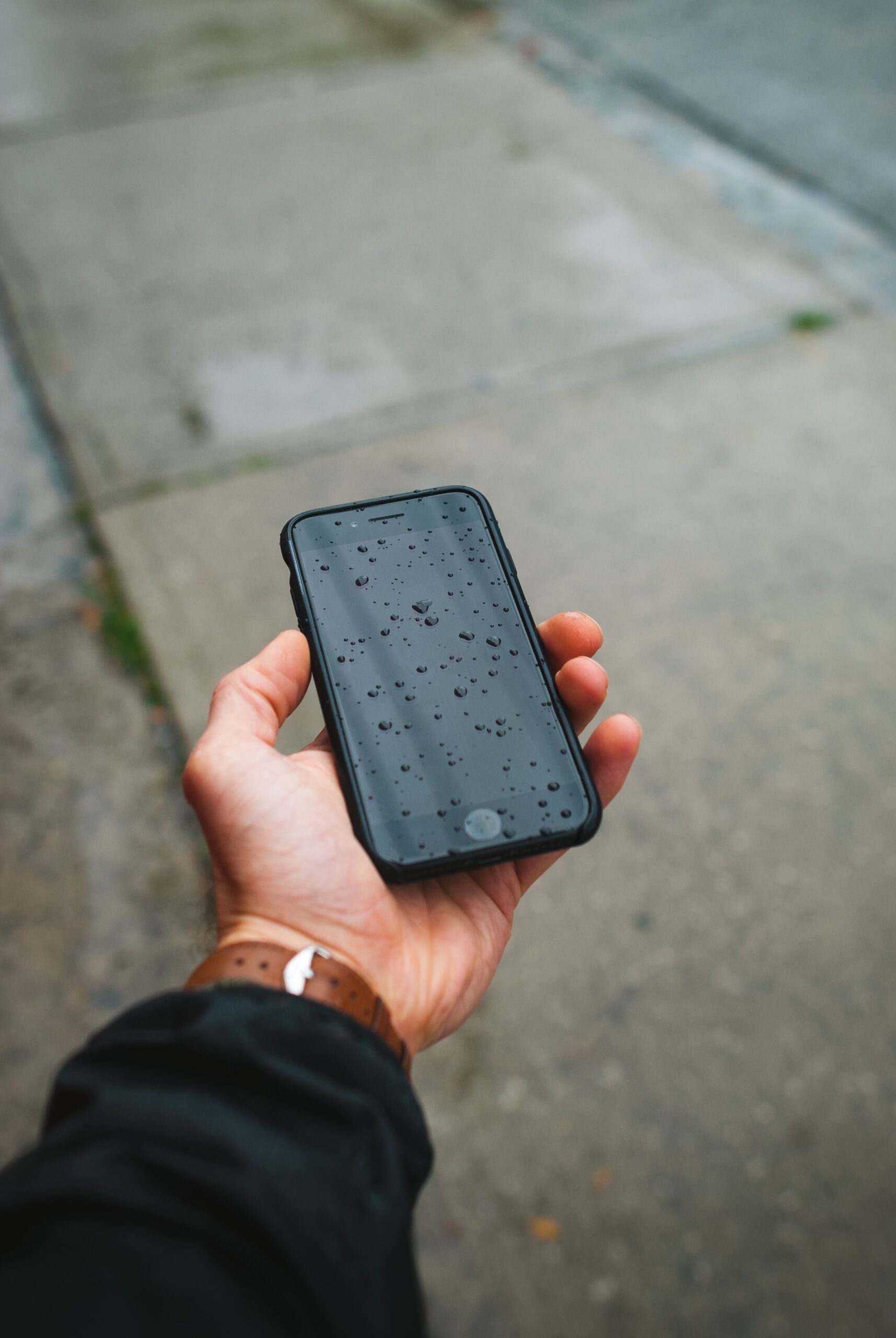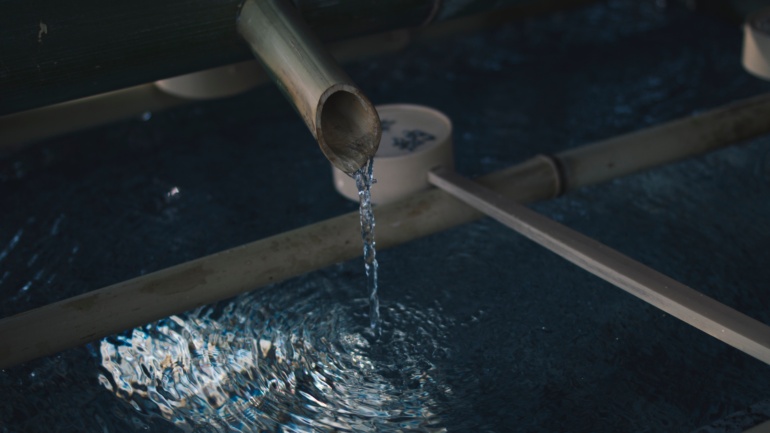By Lauren Hansen, Staff Researcher/Writer at Save the Water™ | August 31, 2021
For the first time, smartphone touchscreens can detect water contamination.
Touchscreen Technology: the Findings of Water Testing Technology
Researchers at the University of Cambridge found that screens can pick up on water contamination in sample drops with the same accuracy as lab equipment. This makes it easier to collect and test water samples when lab equipment isn’t available. This research brings us all one step closer to testing water simply and directly ourselves to make sure it is healthy, contamination-free water.
The researchers first wanted to know if they could harness the power of touchscreen technology to pick up on electrolytes in water. After first testing out some computer simulations, they used two simple touchscreens similar to ones we see every day on our cell phones, tablets, and laptops. Ions in water samples indeed interacted with the electric field on the touchscreen. This is the latest step in the process of researching water testing technology.
Is This Touchscreen Technology Just Another Drop in the “Research Ocean”?
The notion that smartphones can find water contaminants isn’t completely new.
Researchers were able to use a cell phone camera to detect and count mercury molecules in water as early as 2014. The researchers at the University of California, Los Angeles developed a device to attach to a smartphone’s built-in camera. This device was able to count and map out the molecules.
In 2015 a Canadian research team at Queen’s University also got promising results in this developing water testing technology. It found that electric fields could detect bacteria in water.
Later, in 2018, more new technologies emerged for bacteria testing in drinking water. A PhD student in Denmark was able to detect E.coli using DNA magnetic particles. Additionally, researchers at University of Massachusetts Amherst developed a chip and a phone app that worked together to find bacteria in water.
So What is New about the Touchscreen Technology Findings at University of Cambridge?
These findings add to and build on previous water testing technology research using mobile devices. What’s new here is that the researchers didn’t rely on the cell phone’s camera or on an attached device in order to measure water ions. Furthermore, the team did not have to make significant changes to the touchscreens they used. This brings touchscreen technology one step closer to more widespread commercial and consumer use.
What Does Smartphone Touchscreen Water Testing Technology Mean for the Future of Water Pollution?
Currently, smartphone screens are perfect for detecting our fingers. But electrodes can work well with water, too, even if just on one small area of the screen.
Researchers at the University of Cambridge believe that they can expand this technology in the future to detect heavy metals and other contaminants in water. Arsenic is one pollutant in particular that they hope to target. In many parts of the world, water treatment plants filter out arsenic before it even reaches our household taps. However, elsewhere, dangerous arsenic contamination is still a big problem. In the future, this technology can empower those people in endangered areas to simply and directly test the water themselves with their touchscreen device.
The Bottom Line: Paving the Way for Simple, Direct Water Testing Technology
With these advances in technology, it seems that the power of technology to improve our drinking water supply will eventually become more accessible to everyone. Mobile devices have played an important role in water pollution research since 2014. This new research, however, detected contamination using touchscreens as they are, without much modification or any special attachments. It is only a matter of time before these technologies can be adopted for widespread commercial use. These new methods bring us one step closer to achieving Save the Water™’s vision of contamination-free, healthy water for all.





